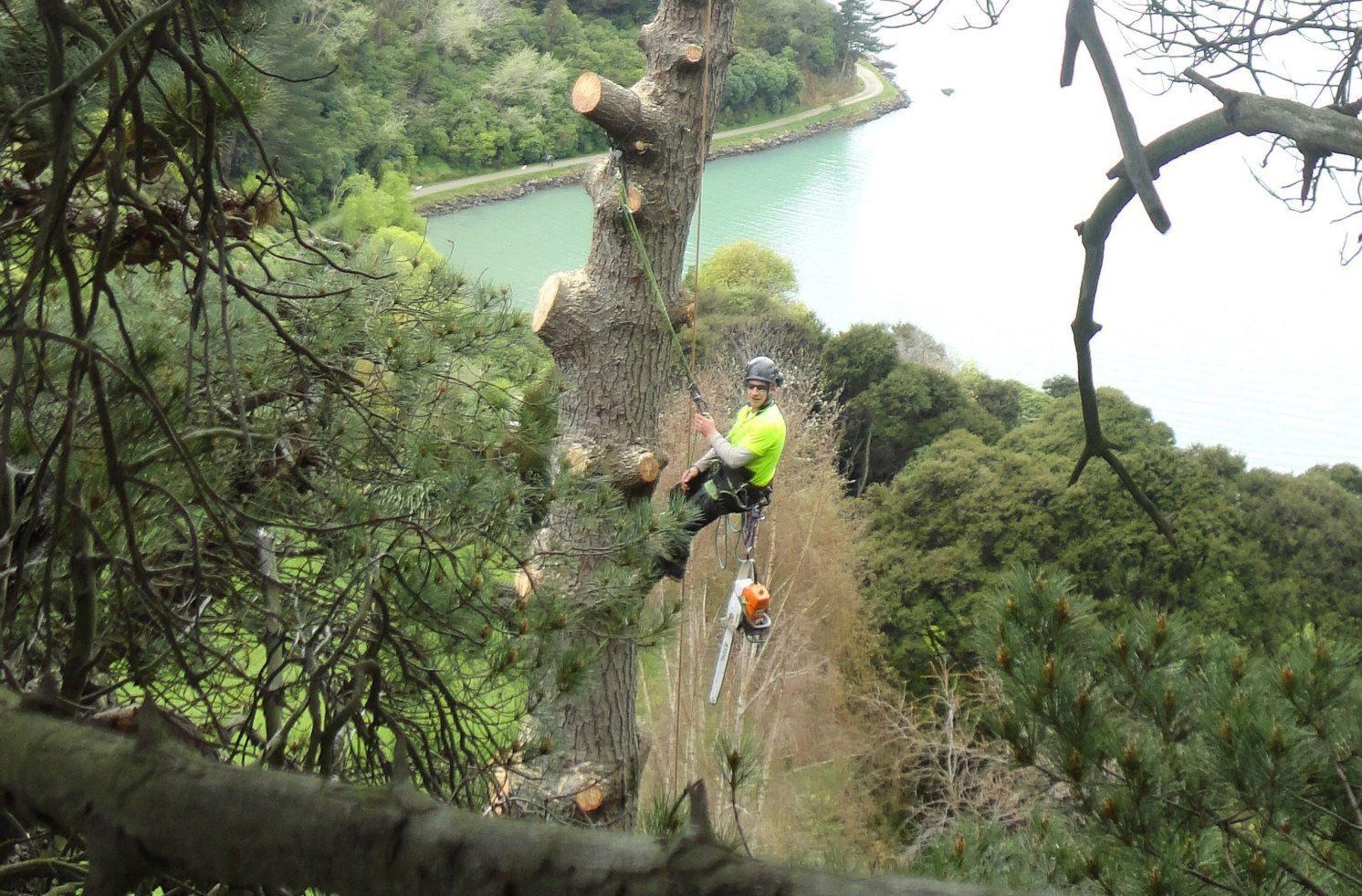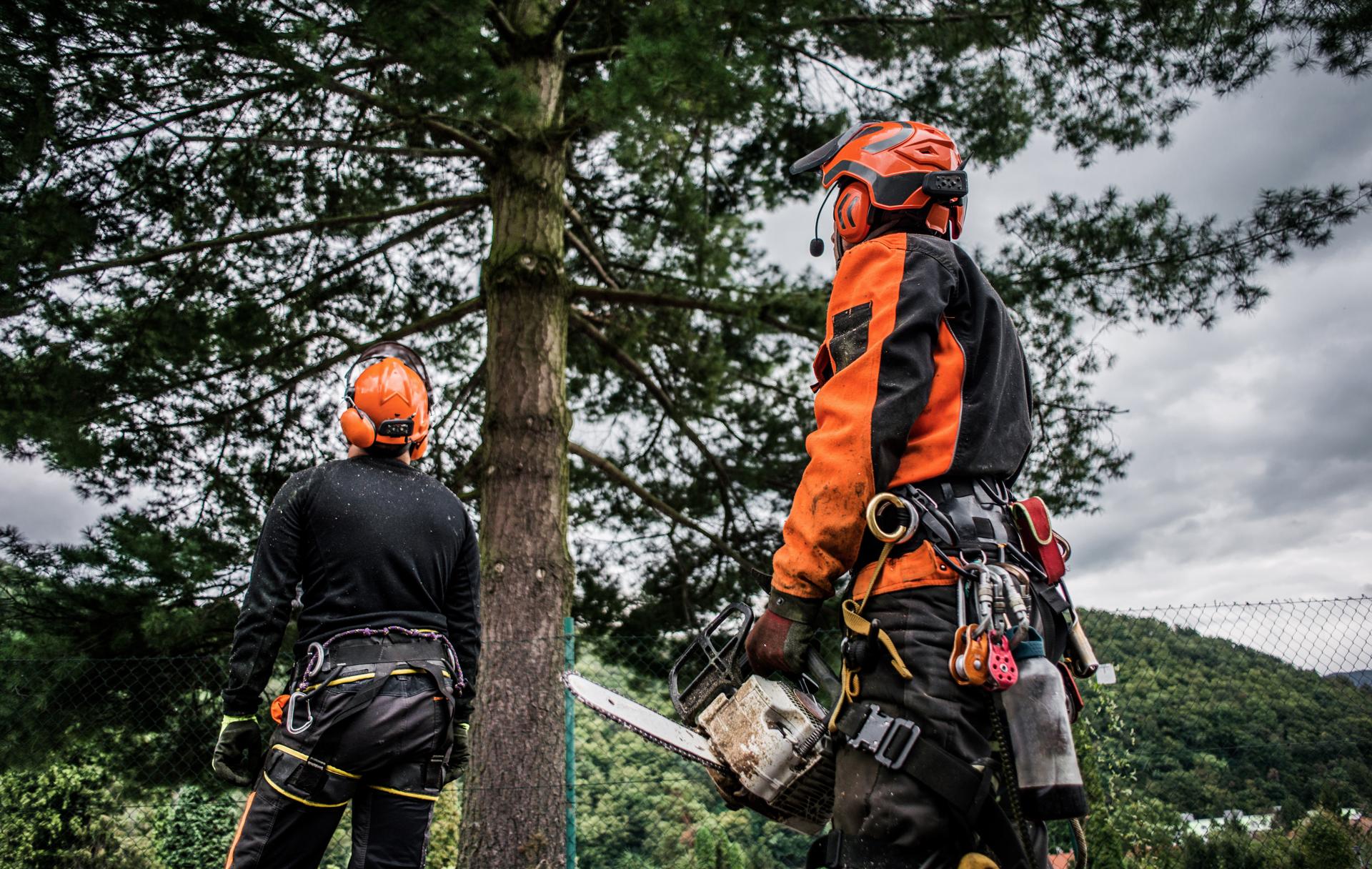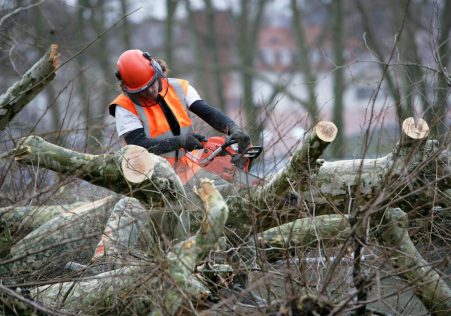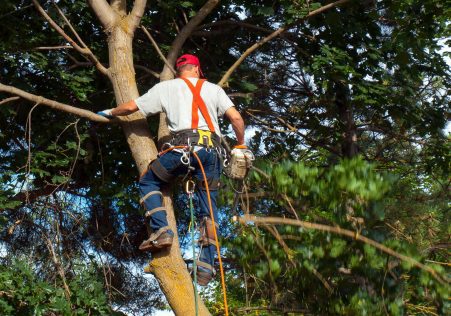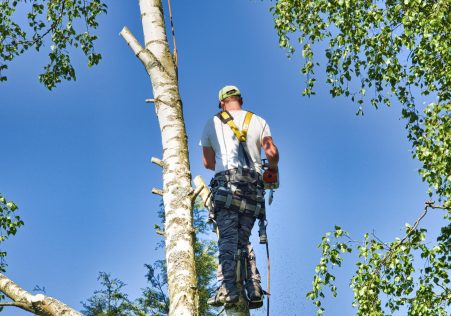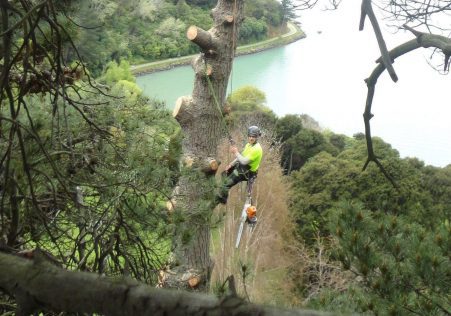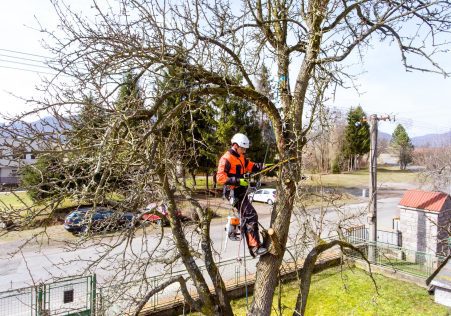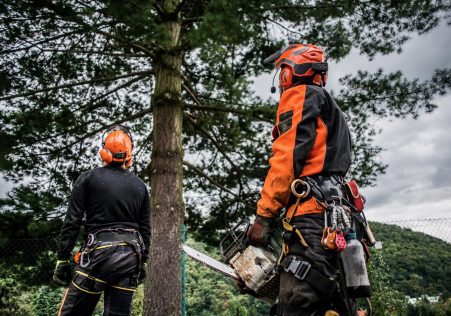The importance of protected Trees and how to identify They Are Protected Trees
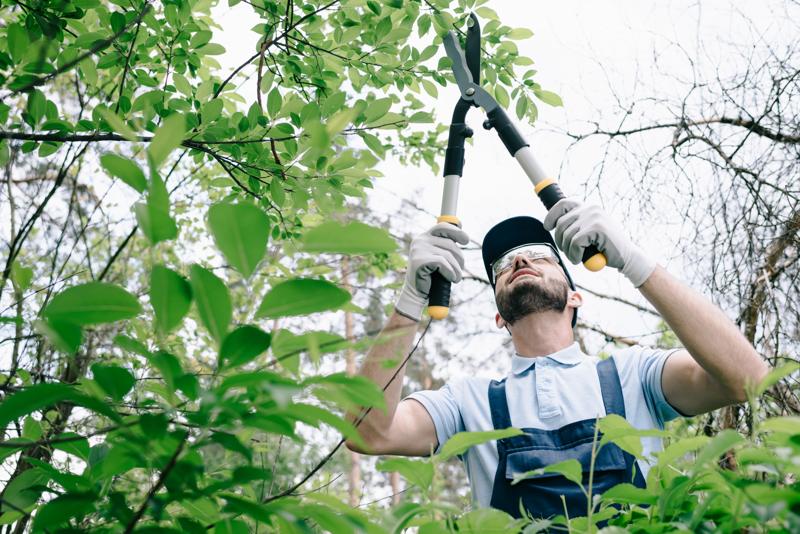
Trees play an essential contribution to our ecosystem as they provide shade, clean air and aesthetic value to our surroundings. However they are not all identical and some are granted extra protection status, which makes it illegal to carry out any work without obtaining permission. If you are considering having a tree removed it is crucial to be aware of the status of protection for the tree being considered, and the steps you need to take to comply with the laws. This article we will walk you through the steps to determine if trees are protected and what you will need to do to ensure that you are following the law.
What exactly is a tree that is protected?
A protected tree is one that is subject to specific legal controls, and it’s illegal to do work on such a tree without having the appropriate permissions. There are two types of protection that a tree could be protected by - preservation and protection orders that are statutory.
Statutory protection
As a matter of the law, trees are protected by laws and in the hands of Tree Preservation Orders (TPOs). TPOs are put in place by local authorities to safeguard trees of significant public value and to ensure that they are not destroyed or damaged.
Preservation orders
Preservation orders are similar to TPOs , but are issued by the Secretary of State for the Environment. Trees with preservation orders are considered to be of exceptional value and are shielded from any kind of work, including cutting down.
How can I tell whether a tree is safe?
To determine whether the tree is protected, you will need to verify if it’s under a TPO or preservation or protection order. It is done by contacting the municipal authority, and asking them to search their archives.
TPO search
If you want to find the TPO, you can contact the Tree and Woodland Officer from your local authority, who will inform you whether the tree is protected. They’ll also be able advise you on the next steps to follow if the tree is protected.
Preservation order search
In order to search for a preservation order, you will need to contact Secretary of State, Department of the Environment. They can tell you whether the tree is in the protected zone and provide you with the information you require and direction.
FAQs:
What happens if I carry out work on a tree that is protected without permission?
If you carry out work on a tree that is protected without obtaining the necessary permits, you could be facing massive fines or even prison.
Can I contest an TPO and/or preservation order?
Yes, you can appeal a TPO or preservation order if it’s not justifiable. You will have to provide evidence to support your claim and explain that the TPO or preservation order is not necessary.
Can I remove a protected tree?
It is illegal to remove trees that are protected without the required permissions. If you need the tree to be removed then you must request permission and submit the evidence needed to prove your case.
Conclusion
To conclude, knowing if a tree is protected is a vital step in ensuring that tree work is carried out legally. If you know the various types of protection and how to check for them, you can ensure that you are acting within the law and safeguarding the trees that you are responsible for. If you’re unsure of the protection status of trees, we suggest seeking professional advice from a reputable tree specialist like Local Tree Removal Brisbane. Our team of experienced arborists will be able to advise you regarding the status of protection of your trees, and will guide you through the necessary steps to ensure that you are following the law. With our experience and dedication to provide high-quality tree services We can assist you to maintain the beauty and value for your tree. Contact us now by calling 1300 257 379 to schedule a consultation and let us guide you on how to ensure that your trees are protected and healthy.

